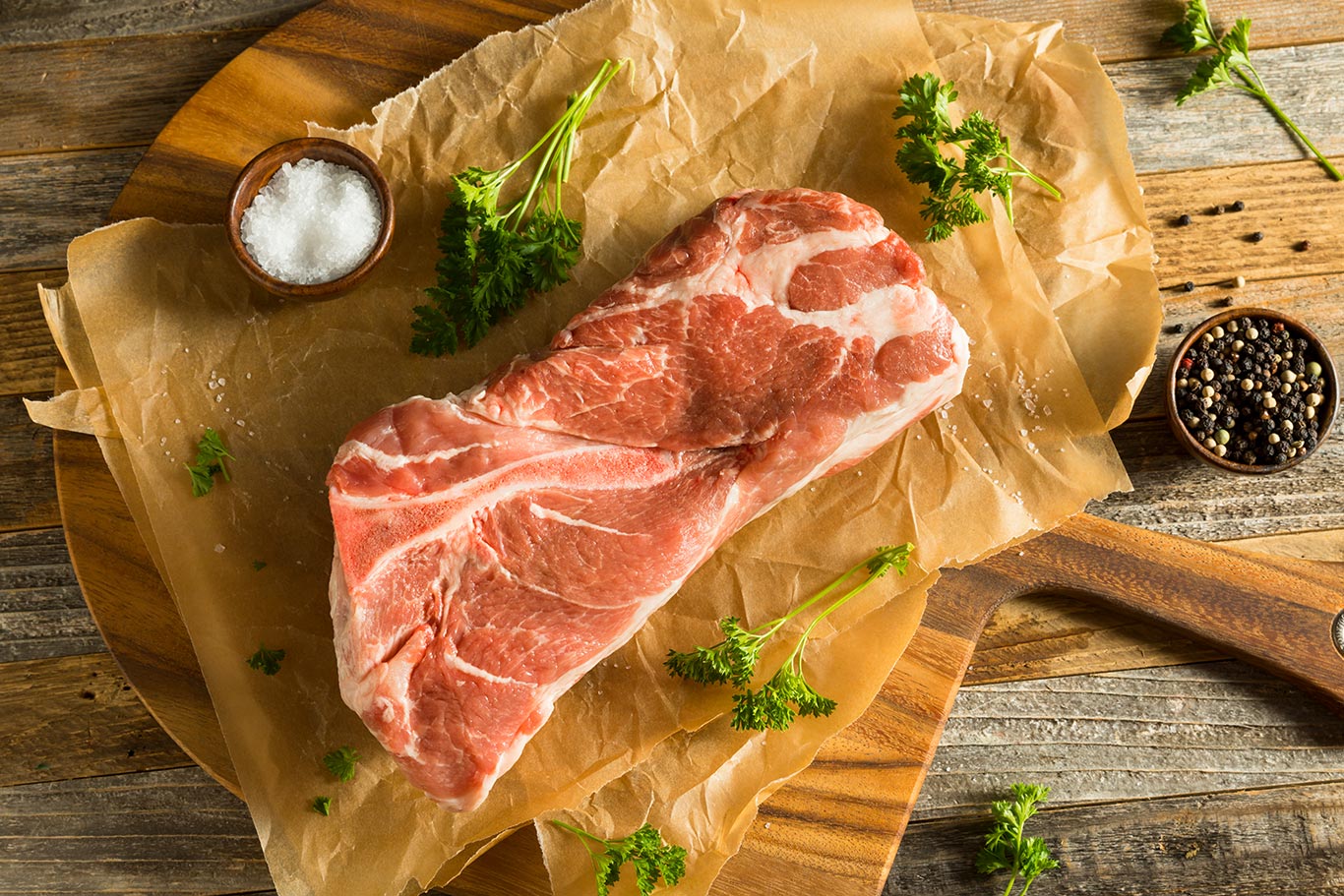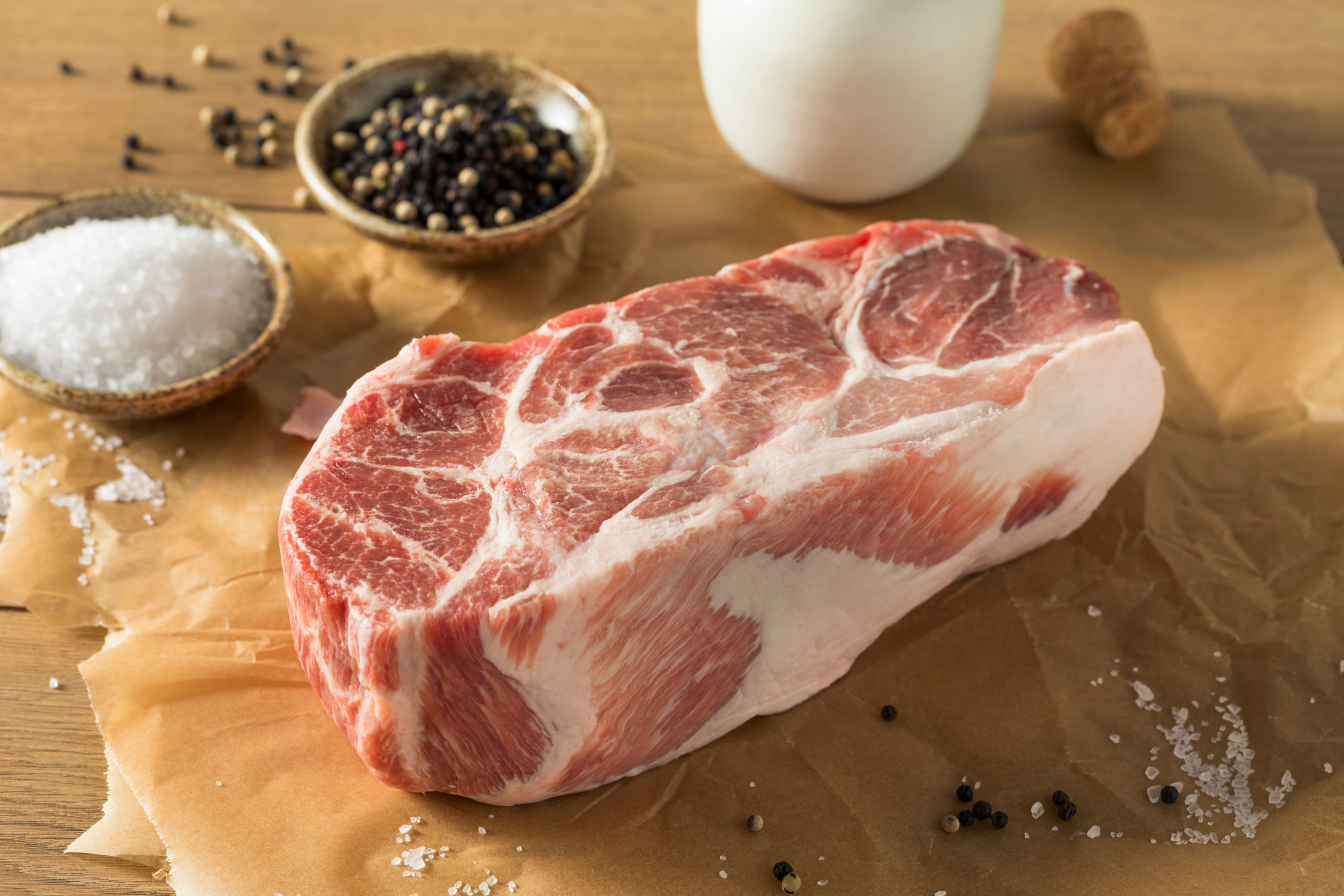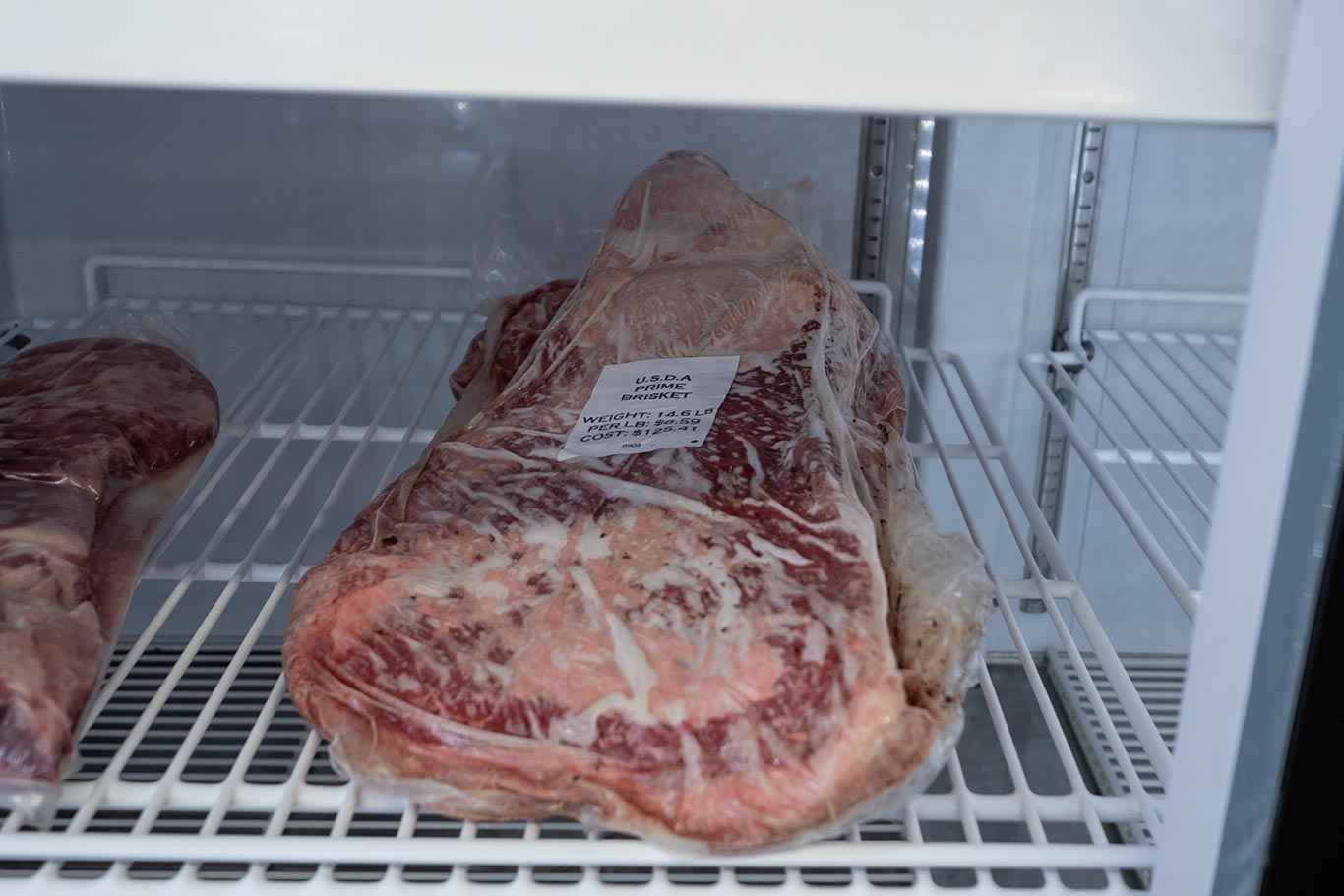Those that have cooked a brisket or a pork butt are very familiar with the stall. The stall occurs when cooking thick cuts of meat at low temps over a long period of time such as cooking on a smoker. An example would be you are traveling in your at 70 mph on US 95 for a few hours with no problems until you reach the outskirts to Washington DC and you come to an abrupt stop due to traffic. You are stuck in this traffic for 1 to 3 hours until you get through DC where again you are on your merry way.
The stall can be alarming to the first time cook because he may not understand the reasoning behind it. The stall will commonly occur at around 160 degrees and not move from this temp for 1 to 3 hours. One belief is that the stall is due to the breakdown of collagen (connective tissue) in the muscle into a gelatin state. This doesn’t add up since collagen only accounts for 2% to 5% of the weight of the meat. There just isn’t enough mass to cause a stall. The most credible reason is evaporation. Butts and briskets are 60%-70% water. The moisture deep in the meet is coming to the surface to evaporate and in doing so it has a cooling effect on the surfaces of the meat similar to us when we sweat. Not until the heat rate exceeds the evaporation rate you will move passed the stall.
One way to get around or decrease the stall is to use the “Texas Crutch”. Here’s how it works. When the internal temperature of the meat reaches 150 to 160 degrees wrap the meat tightly in two layers of heavy duty tin foil. This method reduces the stall by controlling the evaporative effect and allowing the heat rate to increase and help reduce the stall.
So next time you should not panic when you encounter the stall. You have two choices, either deal with it or use the Texas Crutch.


